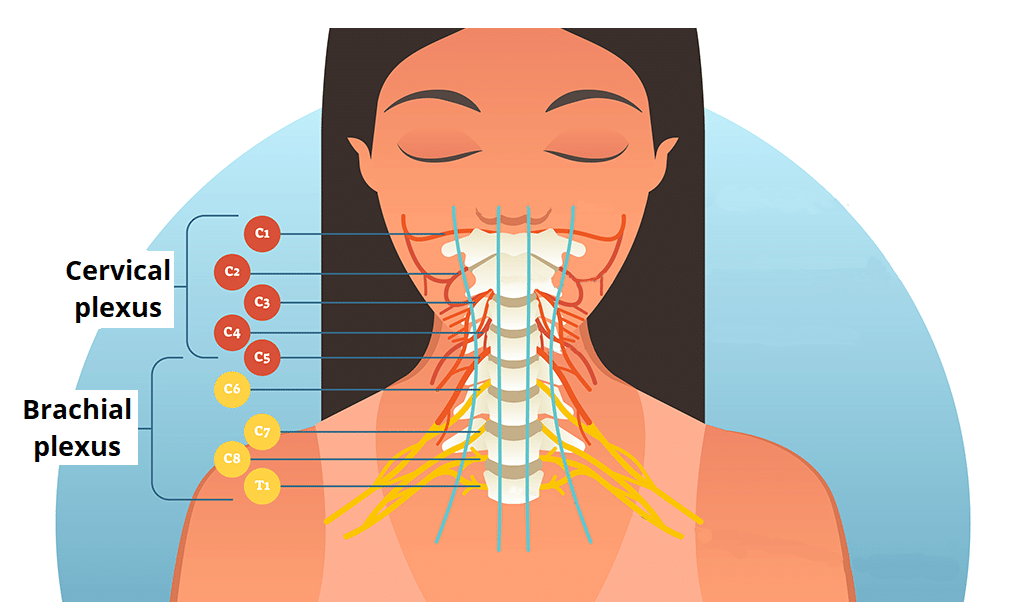
It also contains other enzymes, mucus, and hormones. Intestinal juice - this fluid activates some of the enzymes in the pancreatic juice. Pancreatic juice - contains a cocktail of enzymes, including trypsinogen, elastase, and amylase. Here, the chyme mixes with enzymes from the pancreas, bile from the liver, and intestinal juice:īile - produced by the liver, it helps break down fats and is stored in the gallbladder. The duodenum is the first section of the small intestine. It leaves the stomach through the pyloric sphincter at the bottom of the stomach. Not many compounds are absorbed into the blood from the stomach exceptions to this include water, alcohol, and non-steroidal anti-inflammatory drugs (NSAIDs).Īfter 1–2 hours in the stomach, the food is a thick paste, referred to as chyme. In the stomach, peristalsis continues, which helps to mix the food with the gastric juices. Pepsin - an enzyme that breaks down proteins.īoth of these chemicals could potentially harm the lining of the stomach, so it produces a slimy layer to protect itself from damage.Hydrochloric acid - an acid that is strong enough to dissolve razor blades.The stomach contains gastric juice, which contains mostly: This sphincter controls how much food enters the stomach and when. The bolus enters the stomach through a muscular valve at the top called the cardiac sphincter. Slow waves of contraction run along the gut, pushing the bolus along in the right direction - away from the mouth and toward the anus.

Peristalsis is the slow contraction of smooth muscles around the pipes of the digestive system. After swallowing, the bolus enters the esophagus and is moved down to the stomach through a process called peristalsis. Once chewing (mastication) and amylase digestion are complete, the food will have become a small round blob, which is known as a bolus. Saliva also contains mucus that helps ease the passage of food through the digestive system. Saliva contains an enzyme called salivary amylase, which breaks down starch. Once the food is inside the mouth, it is moistened by saliva, and the teeth and tongue begin the process of mechanical digestion. The smell, or even the thought of food, starts the production of saliva by the salivary glands.

One writer describes it as “the most important and least lovely waterway on Earth.” Below, we describe the journey of a mouthful of food: The mouthĭigestion begins even before the food enters the mouth. In humans, the gastrointestinal tract (also called the alimentary canal) is around 8 meters long.


 0 kommentar(er)
0 kommentar(er)
